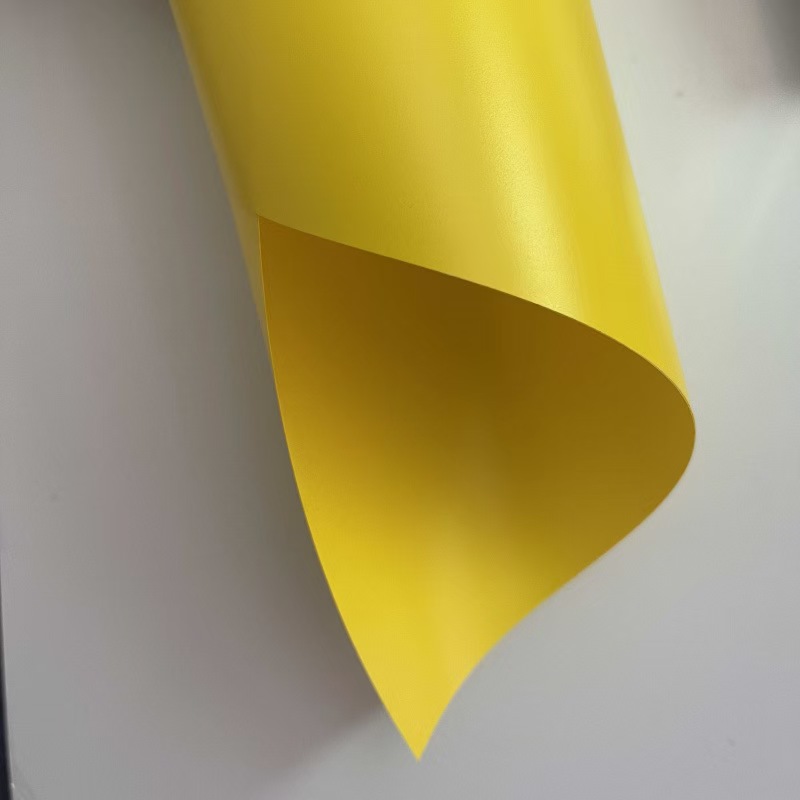Advancements and Limitations of Halogen-Free Flame Retardant Technology in PP Insulation Films
The growing demand for environmentally sustainable materials has spurred significant breakthroughs in halogen-free flame retardant (HFFR) technologies for PP insulation films. These advancements have made these films a popular choice for electrical and electronic applications. However, several challenges persist. This article investigates the breakthroughs and limitations of halogen-free flame retardant PP films.
1. Breakthroughs in Halogen-Free Flame Retardant Technology
The use of halogen-free flame retardants, particularly phosphorus-based or nitrogen-based compounds, has revolutionized the field of PP insulation films. These materials do not release toxic gases when exposed to fire, which makes them safer and more eco-friendly than their halogenated counterparts. Researchers have made significant strides in improving the flame retardancy of PP films, achieving better thermal stability and combustion resistance for diverse applications.
Manufacturers have also incorporated advanced additives to enhance flame resistance without compromising other essential properties like mechanical strength and flexibility.
2. Advantages of Halogen-Free Flame Retardant PP Films
One of the major benefits of halogen-free flame retardant PP films is their eco-friendliness. Conventional flame retardants often contain halogens, which can release harmful toxins like dioxins and furans when they burn. These compounds have long-lasting health and environmental effects. On the other hand, halogen-free films do not release toxic gases, making them safer for use in various applications, from cables to automotive parts.
Additionally, halogen-free flame retardants are typically biodegradable and less persistent in the environment, reducing their long-term impact.
3. Limitations and Challenges
Despite the promising advances, halogen-free flame retardant PP films still face challenges. One of the most significant challenges is maintaining flame resistance while ensuring the films do not lose other critical properties such as flexibility and thermal stability. Achieving the right balance can be difficult and often requires fine-tuned formulations.
The cost of manufacturing these films is also higher compared to traditional halogenated options. The additives used in these films, such as phosphorus-based compounds, are relatively more expensive, which can raise production costs and hinder competitiveness in certain markets.
4. Future Directions
In the future, further advancements in material science and manufacturing technologies are expected to address the current challenges. Researchers are experimenting with hybrid flame retardant systems that combine different chemical families to optimize flame resistance without sacrificing other essential material properties.
Additionally, advancements in recycling technologies and production processes may help reduce manufacturing costs, making halogen-free flame retardant PP films more accessible to a wider range of industries.
5. Conclusion
Halogen-free flame retardant PP films are a major step forward in the development of safer and more sustainable materials. While there are still challenges related to balancing flame resistance with other material properties and managing production costs, these films have the potential to become the standard in a wide range of applications. With continued innovation, these films could drive the future of flame retardant materials.
READ MORE:
Telephone: 008613530419893
E-mail:marie@selfadhesivefilm.com
ADDRESS (Shenzhen):903-286, Building A2, Guangming Technology Park, China Merchants Group, Guanguang Road, Fenghuang Community, Fenghuang Street, Guangming District, Shenzhen, Guangdong.
ADDRESS (Dongguan): 3rd Building No.45 Yinhu Road Shishuikou Community,Qiaotou Town, Dongguan, Guangdong.





